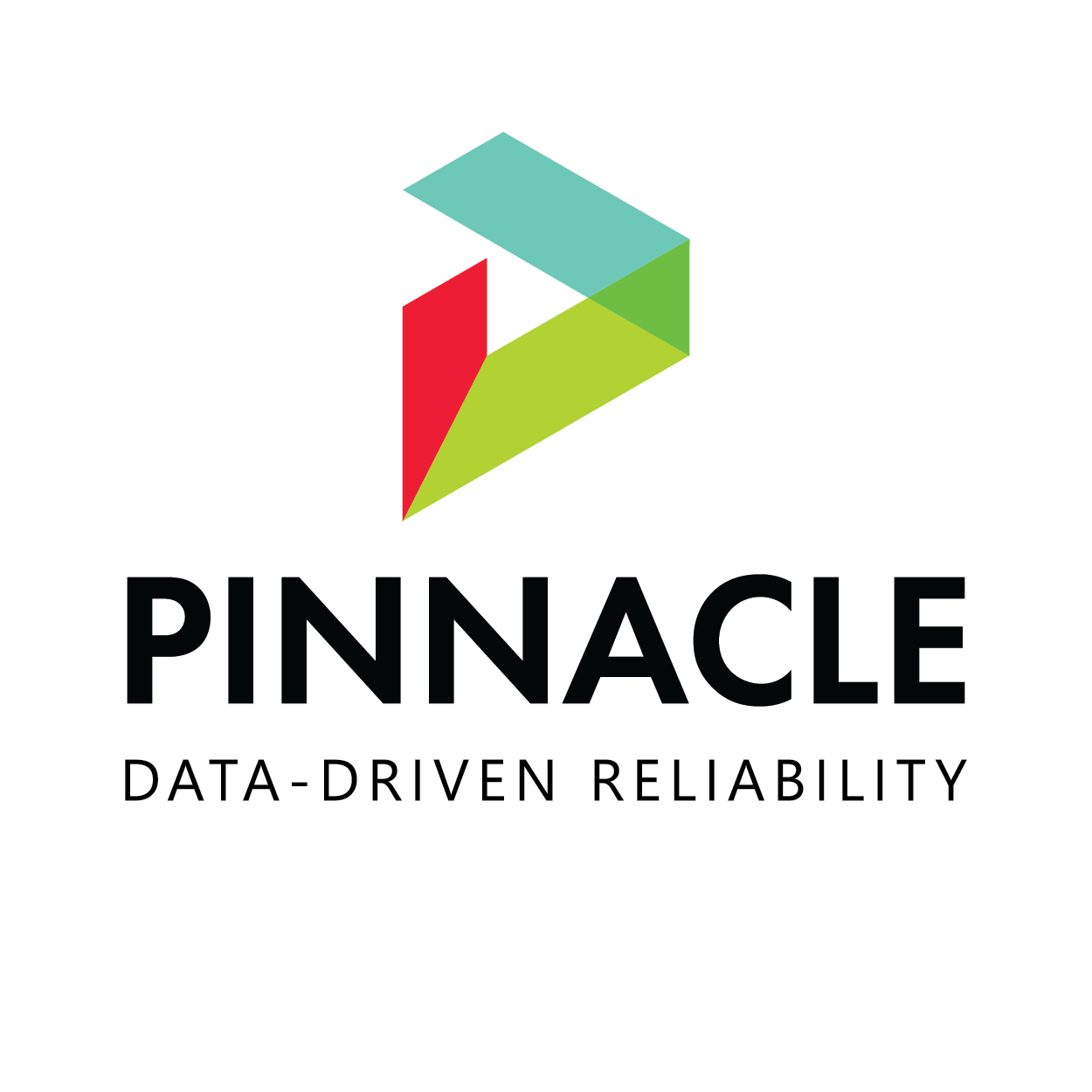Case Studies
Inspectioneering contributors and authors have published numerous mechanical integrity case studies in Inspectioneering Journal and throughout our online resources. This page brings all of these case studies into one location to better help you learn from the experience of others.
Local thin area (LTA) assessments rarely fail. It happens, but not often. Let’s look at examples of how significant an LTA can be and still pass an assessment.
Comprehension of the sulfidation corrosion reaction and the behavior of different materials in H2-free and H2/H2S environments is imperative for oil refineries.
Can individual personnel be at fault for an incident? Is it an issue with the systems in place? Or does the assignment of blame come down to convenience?
This article concludes the series on microbial-induced corrosion by demonstrating the importance of microbe mitigation through two case studies.
The specialized predictive techniques used in assessing the vibration behavior observed and recorded on a pre-flash column overhead piping system.
This article discusses two use cases of how advanced visual data capture and image analytics can be used across multiple industries to drive better reliability decisions.
Ethos has assembled a team of experts who apply what they learned through years of process safety experience in the industry and dealing with OSHA and EPA. Click here to learn more about our services.
Inadequate consideration of corrosion and material degradation of many older facilities has complicated the implementation of modern-day RBI programs. This article presents a case study of a heat exchanger with such a design.
An assessment of the vibration behavior observed and recorded on a pre-flash column overhead piping system and the strategic methodologies used based on a proactive troubleshooting technique.
A case study of advanced digital technology was assessed to resolve the challenges of internal coating of small diameter pipes by accurately and rapidly measuring pipe-end dimensions, and then matching end-to-end pipes with software-based analysis.
Leveraging and combining the correct inspection tools on complex problems can yield the best overall data and understanding of actual conditions.
A case study on utilizing the Quantitative Reliability Optimization (QRO) methodology to help better evaluate equipment risk and predict future product availability.
The assessment procedures in API 579 may also be applied to pressure-containing equipment constructed to other recognized codes and standards. The author will examine the application of these procedures to aboveground storage tanks.
Resulting from developing a 20-year nonintrusive inspection strategy, a successful experience is presented using a volumetric examination on a modified storage tank shell-to-bottom weld, known in the industry as corner-weld.
After extensive application research, development, and testing, a technique has been developed that eliminates the need for backing gas for purging. It also provides a cost-effective system for welding the entire weld with high integrity.
A study of the level of deterioration on a catalytic reformer support structure, the challenges involved, the solutions presented, and the aggressive schedule that was required to complete the project.


































